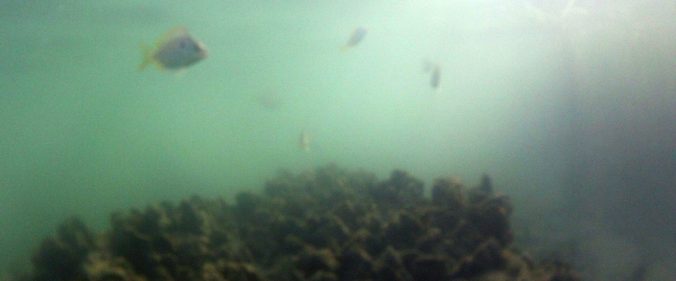| 1:15 pm | Joel Fodrie | Anticipated impacts of an oil spill following Mid- or South Atlantic offshore drilling on NC fisheries. |
| “This research has provided the most comprehensive examination of the response of coastal fishes to oiling ever, which informs impact assessments and restoration plans for the Gulf of Mexico, as well as advises society on the susceptibility or resilience of ecological communities to future oil disasters.” | ||
| 1:35 | Shelby Ziegler | How do lower-estuary marshes support fishery production in NC? |
| “Overall fish and crustacean densities increase with decreasing marsh island area, suggesting that restoring or conserving several small marsh islands instead of one large marsh island may be better for enhancing estuarine nekton production.” | ||
| 1:55 | Tony Rodriguez | Variations in fish abundance and oyster-reef rugosity at the meter-scale. |
| “Preliminary data suggests that intertidal oyster reefs with an areally extensive optimal growth zone elevation increases the density of fish on the reef. Restoring intertidal oyster reefs in a way that maximizes their growth rate is good for fish…and anglers.” | ||
| 2:15 | James Morley | Impacts of oyster culture on the ecosystem services of estuarine habitats. |
| “Leased bottom for oyster culture contained higher densities of fish compared to control areas, despite potential negative impacts on seagrass. The community occurring on leased bottom resembled that of the surrounding landscape, but the relative abundance of the species may vary substantially. “ | ||
Group discussion 15 min- Joel Fodrie
2:30 pm Conclusion Statement
